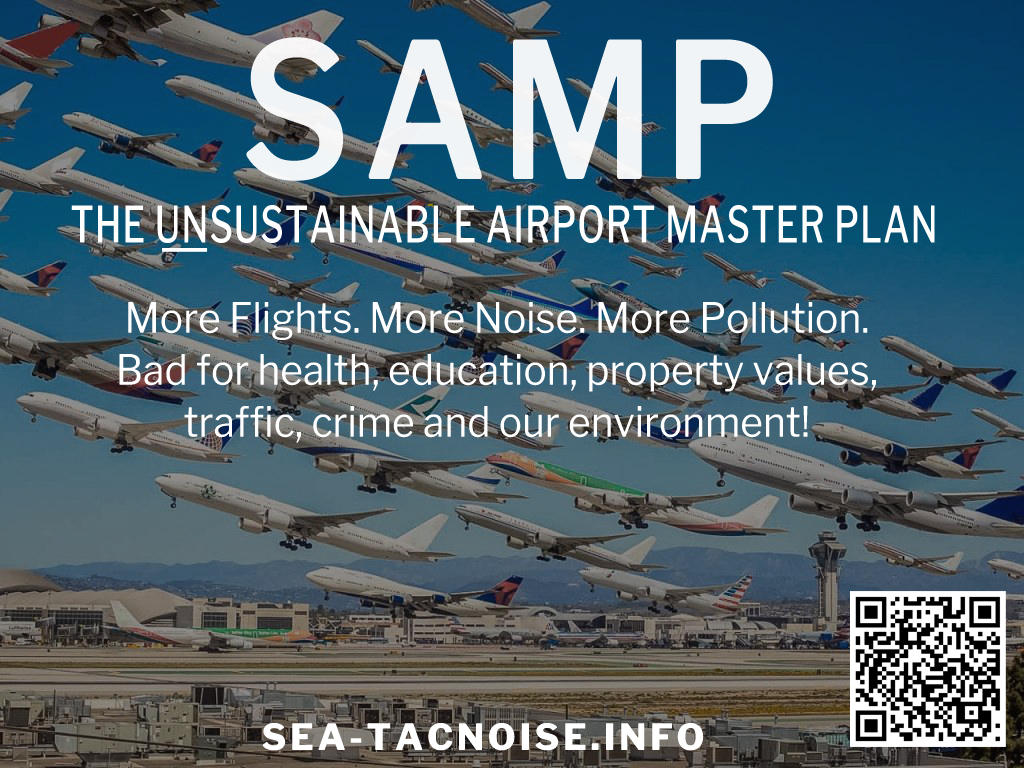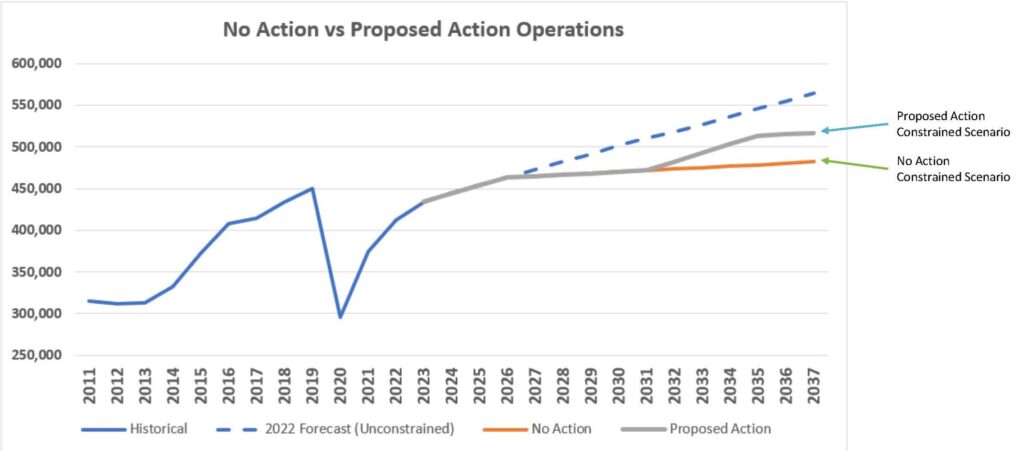For detailed coverage and technical documents go here.
Seattle-Tacoma International Airport is currently undergoing the largest and longest expansion in its history, collectively known as the Sustainable Airport Master Plan. The SAMP is 1thirty one separate projects that will increase flights by at least a third in the next ten years. But it’s happening inside the airport property, so you’re probably not aware of what this will mean for you and your community.
Since the last expansion (the Third Runway Project–2008) flight operations have increased by almost a third, moving Sea-Tac Airport from seventeenth to the eighth busiest in the U.S. The 2SAMP will allow the airport to continue to increase passenger and cargo flights at that same pace. Despite what you may have heard there is no slowing down and there is no ‘second airport’ on the way!

During previous expansions a review of potential community impacts would occur before construction. But much of the SAMP has already been built– before any environmental review. And unlike previous expansions, the 3SAMP is moving forward with a form of review known as an Environmental Assessment (EA). This is far less rigorous than the more typical Environmental Impact Statement (EIS).
That lack of guard rails makes it especially important for the community to speak up now to obtain relief from, and compensation for, all the negative impacts the SAMP has planned for us!
The Negative Impacts
Noise!
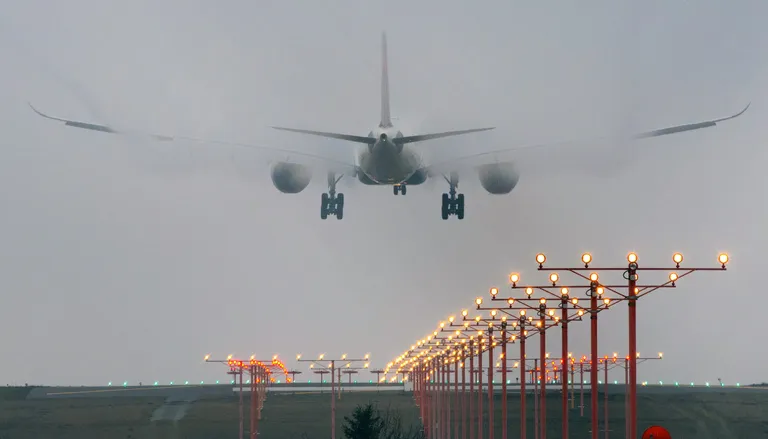 Increased air traffic will continue to add noise to surrounding communities, affecting more residents than ever before.
Increased air traffic will continue to add noise to surrounding communities, affecting more residents than ever before.
The area nearest the airport, known as the DNL65, is determined by an FAA Part 150 Study. Noise levels inside the DNL65 have many known and serious health impacts. But aircraft noise much further away from the airport can still disrupt sleep, increase stress, and lead to serious long-term health issues like hypertension and heart disease.
During the previous Third Runway Project, many homes were bought out and approximately 9,600 homes received sound insulation, known as Port Packages.
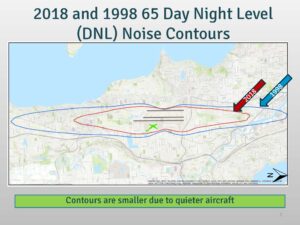 But since then, the DNL65 area has actually been shrinking because of the perverse nature of the Part 150 process, which depends more on aircraft spec sheets than the actual impacts on human beings. So even though the number of flights is increasing, fewer homes are now eligible for sound insulation and there are no property buyouts planned for the SAMP!
But since then, the DNL65 area has actually been shrinking because of the perverse nature of the Part 150 process, which depends more on aircraft spec sheets than the actual impacts on human beings. So even though the number of flights is increasing, fewer homes are now eligible for sound insulation and there are no property buyouts planned for the SAMP!
Air Pollution!
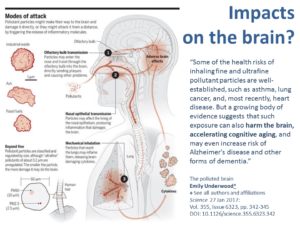 Aircraft generate enormous amonts of an unregulated type of pollution known as ultrafine particulates (UFP). These are currently not being regularly monitored by either Federal or State agencies! However, a 2019 University of Washington study found that communities near Sea-Tac are exposed to high levels of aircraft UFPs and that these particles are more concentrated and widespread than those from road traffic. UFPs are so small they can penetrate deep into the lungs, bloodstream and brain in ways other pollutants cannot. Prolonged exposure is linked to serious health conditions including respiratory diseases, heart conditions, cancers and excess deaths.
Aircraft generate enormous amonts of an unregulated type of pollution known as ultrafine particulates (UFP). These are currently not being regularly monitored by either Federal or State agencies! However, a 2019 University of Washington study found that communities near Sea-Tac are exposed to high levels of aircraft UFPs and that these particles are more concentrated and widespread than those from road traffic. UFPs are so small they can penetrate deep into the lungs, bloodstream and brain in ways other pollutants cannot. Prolonged exposure is linked to serious health conditions including respiratory diseases, heart conditions, cancers and excess deaths.
Economic Benefits?
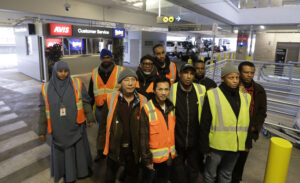 While Sea-Tac Airport is a major economic engine for King County as a whole, it provides very few good paying jobs for people who work at or live near the airport. The majority of those few family wage jobs for nearby residents are tied to temporary construction projects–to increase airport operations!
While Sea-Tac Airport is a major economic engine for King County as a whole, it provides very few good paying jobs for people who work at or live near the airport. The majority of those few family wage jobs for nearby residents are tied to temporary construction projects–to increase airport operations!
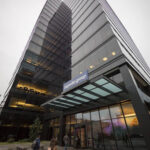 Worse, business and tourism revenue decline dramatically within only a few blocks of the airport! The vast majority of economic benefits always go to cities outside the flight path!
Worse, business and tourism revenue decline dramatically within only a few blocks of the airport! The vast majority of economic benefits always go to cities outside the flight path!
Low Property Values!
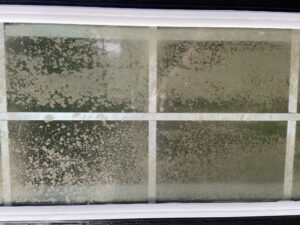
Increased noise and pollution depress property values relative to similar neighborhoods elsewhere. This creates an artificial ‘affordability’ you pay for with poorer health, higher home maintenance costs, less stable neighborhoods and lower resale value.
Community Harms!
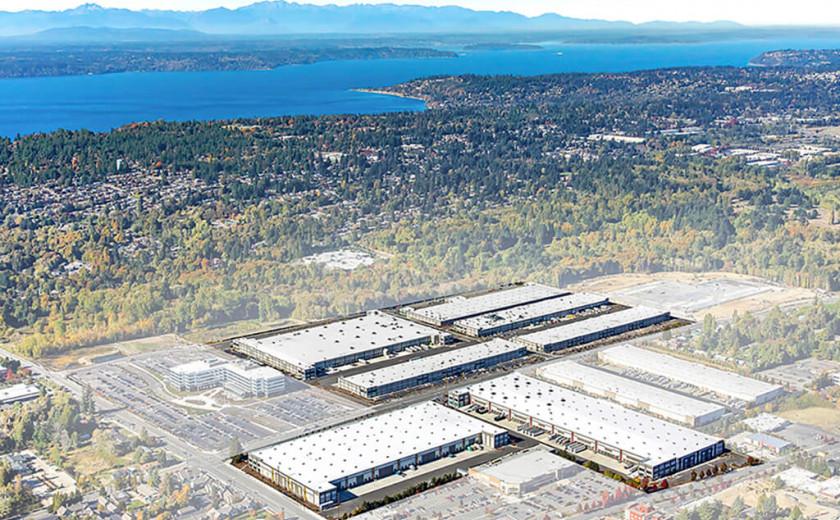
Lower property values and reduced economic activity also mean lower tax revenues for your city. Property buyouts from past expansions have only made this problem worse.
More people traveling through the area means more traffic congestion and more pollution which strain local services like road maintenance and environmental management. Tree canopy, parks and recreational facilities all suffer due to insufficient local funding.
As airport operations have increased, schools around Sea-Tac Airport have experienced dramatic declines in quality and fewer extra-curricular programs. (KIRO 7 News Seattle).
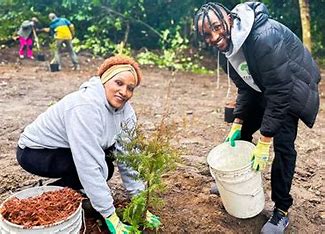 Additionally, the large amount of property owned by the Port of Seattle generates big paychecks for them, but is property tax-exempt taxes, further draining money from local communities.
Additionally, the large amount of property owned by the Port of Seattle generates big paychecks for them, but is property tax-exempt taxes, further draining money from local communities.
The Port tries hard to distract from this dynamic by providing small and highly visible local grant programs. But none of these efforts come close to addressing real issues of community equity. And every dollar is paid for using our property taxes.
Increased Crime!
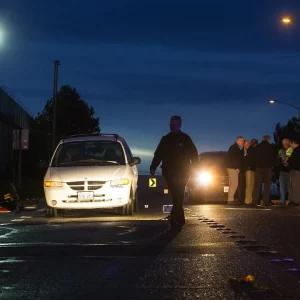 Airports also serve as major hubs for various illegal activities due to the high volume of travelers and the ease of movement between jurisdictions. The transient nature of airport traffic leads to higher incidences of serious crimes like theft and drug and sex trafficking. As airports grow, crime in the surrounding areas also grows and Sea-Tac Airport is no exception. (KIRO 7 News Seattle).
Airports also serve as major hubs for various illegal activities due to the high volume of travelers and the ease of movement between jurisdictions. The transient nature of airport traffic leads to higher incidences of serious crimes like theft and drug and sex trafficking. As airports grow, crime in the surrounding areas also grows and Sea-Tac Airport is no exception. (KIRO 7 News Seattle).
How You Can Make a Difference
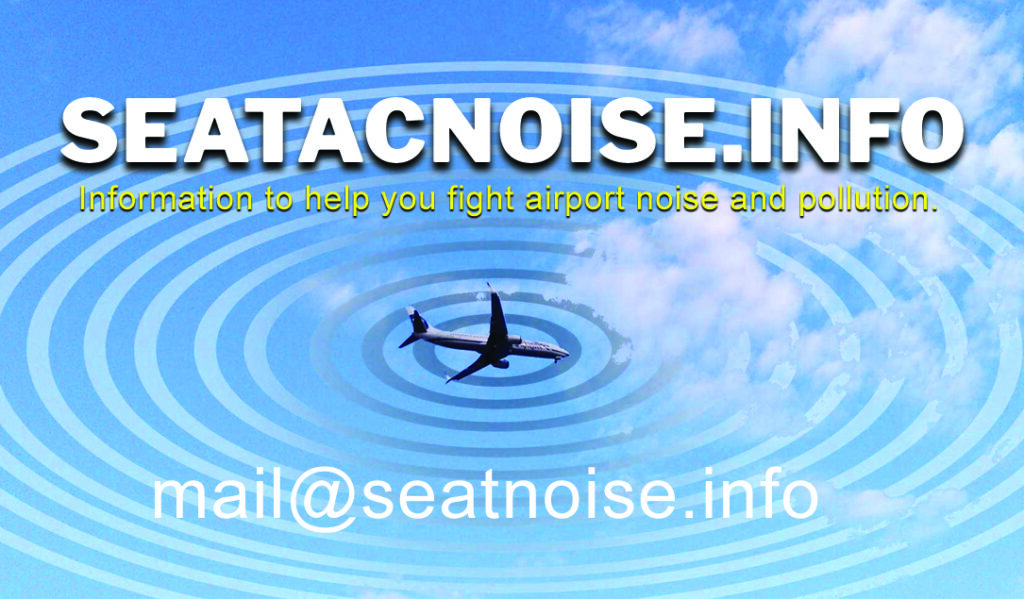 We get it. These issues can feel overwhelming. That’s why we’re here. Together we can do this!
We get it. These issues can feel overwhelming. That’s why we’re here. Together we can do this!
- Stay Informed by subscribing to Sea-TacNoise.Info. We cut through the noise to keep you updated on all the airport’s plans and tell you how and when you can make a difference.
- Get Involved: Your voice matters! Provide Public Comment from now until December 5. We’ll guide you on when and how to participate effectively. SAMP!
- Volunteer and Donate! It takes time and money to do this work. Your talent and contributions are what make Sea-Tac Noise.Info possible. (Learn How).
By understanding the Sustainable Airport Master Plan (SAMP) and working together, we can protect our community’s health, property values, and quality of life.
1Many of the projects that will enable the expansion were are referring to as ‘the SAMP’ are not technically part of the legal review process. For example, widening various roads to allow faster processing of cars and people, or a new baggage handling system. But anything that allows faster processing of cars, trucks and people means more flights over your head!
2With nearly 50 million passengers and over 438,000 takeoffs and landings in 2018.
3Could things get more confusing? This is airport law, so the answer will always be ‘yes’. There will actually be two environmental reviews, a Federal review (the EA) and then a much less involved State review which will be referred to as an ‘EIS’. It’s the Federal ‘EA’ that matters to us.
